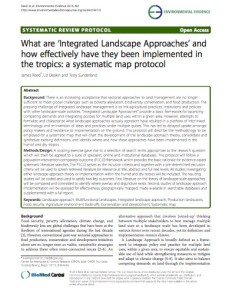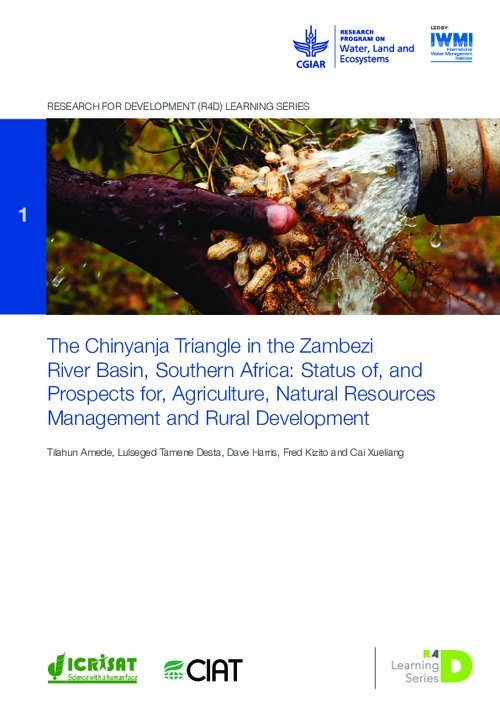What are ‘Integrated Landscape Approaches’ and how effectively have they been implemented in the tropics: a systematic map protocol
This protocol will describe the methodology to be employed for a systematic map that will chart the development of the landscape approach theory, consolidate and synthesize existing definitions, and identify where and how these approaches have been implemented in the humid and dry tropics.







